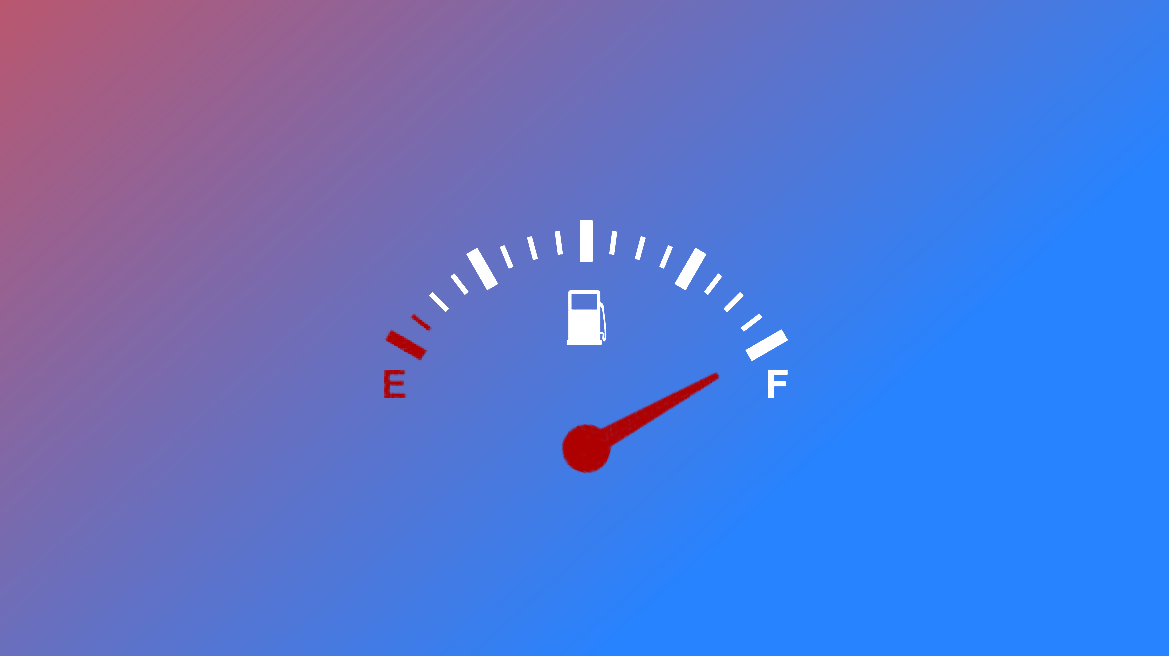
Worried about Rising Gas Prices? Find Out How to Save on Gas

When war breaks out, it is not only individual human lives that are affected. Entire supply chains can be disrupted causing major ripple effects in the global economy.
And this is particularly significant when the country at war supplies one of the most precious resources for every day life across Europe.
Such is the case today with the Russian supply of natural gas.
The war on Ukraine has suspended the natural gas industry, with serious financial implications for citizens across Europe, and the world.
So it is only natural that people these days are worried about the swiftly rising prices of gas.
Faced with prices that continue to grow more expensive each day, what can concerned consumers do to cut costs?
In this article we will take a deeper look at the current causes of the gas price hikes.
Then we will explore methods for consumers to save money on gas, including helpful tips and tricks.
Let’s take a look.
Why Are Gas Prices So High?
War in Europe
With inflation already on the rise across Europe and the United States, the financial effects of the Russian invasion of Ukraine are felt harder.
Oil prices have already been listed at high rates, but are now pushed even higher.
With Russia’s invasion of Ukraine, about three million barrels of Russian oil are pulled out of the global supply every single day.
This puts a huge amount of pressure on the price of oil, and thus the price of gasoline.
Countries like Italy, Germany, the UK, and France are heavily reliant not just on gasoline as a power source, but specifically on gas supplied by Russia.
So now these countries are having to scramble to try to replace the withheld supplies.
Politicians in Germany have discussed possible plans to switch to electricity powered by coal generators.
Italy uses gasoline to generate almost half of its national electricity supply- which now presents a huge problem for the country, since over 90% of its supply is imported, mostly from Russia.
Effects on Other Industries
The disruptive force of withheld natural gas supplies from Russia has led to rationing and rising prices across Europe and the damaging effects do not stop at the gas pump either.
Other industries are feeling the effects as well, and more often than not it is consumers who foot the bill.
The high price of gas directly affects industries and sectors such as aviation, automobiles, and consumer goods that rely on gasoline for transportation.
Some car manufacturers have paused or slowed production in order to absorb the higher prices.
Specific industries across Europe have started putting in place weekly shutdowns to help manage the high prices.
Plus, substitutes for gasoline are shouldering the higher demands, and raising their prices accordingly.
In other words, nearly every sector that involves material goods is directly impacted by the higher price of gas, leading to price hikes in consumer goods, groceries, transportation, travel, and more.
Interesting Read: Booming Industries To Look Out For In 2022
How to Save Money on Gas
Credit Card Rewards
One clever way to game the system, especially in a time of rising gas prices, is to utilize credit card rewards to pay for your gasoline.
Credit card users who are responsible with their credit card spending and paybacks can earn big rewards at the gas pump.
Gas is often included among specific spending categories that can help you earn more cashback, discount, or special offer rewards.
Just make sure you pay off your entire credit card balance each month to avoid incurring extra interest fees.
Use Gasoline Apps
There are a variety of helpful apps out there that can help you locate and take advantage of the lowest gas prices around.
GasBuddy is one app that offers real-time prices for gas at stations located nearby. Users can update the gas prices at nearby locations.
App users can also search for the lowest prices in a specific city or postal code, or check on the lowest gas near their current location.
The app also offers a rewards card for app users at no additional cost. The card links to the user’s checking account and provides discounts on gas each time users use the card to fill up their tank.
By utilizing the app and the associated rewards card, app users can save each time they visit a gas station.
The app is free for consumers to use; they profit by selling customer data preferences to gas station surveyors.
Other similar apps can help monitor gas prices in real time, guiding you towards the lowest possible prices in your area.
Time Your Fill Ups Wisely
Gas prices fluctuate constantly, but if you can time your fill ups wisely, then you can take advantage of regular patterns in the flux.
Studies have revealed that gas prices tend to be lower on Mondays than the rest of the week.
Thursday and weekend fill ups, meanwhile, often carry heftier price tags.
So timing your gas top ups for Mondays is a good strategy for cutting costs on gas.
Final Thoughts
While the suggestions offered above may not solve the rising gas prices across Europe and the world, they can help you cut costs each week when you go to fill up at the pump.
Visiting gas stations on Mondays instead of costlier weekend fill ups, taking advantage of credit card rewards related to gasoline, and taking the time to seek out the lowest prices around can all help add up to significant regular savings.
For investors who are worried about their shares in gasoline, it is more important than ever to diversify the investment portfolio.
With the Wealthface app, you can use AI expertise to track which industries and sectors are most affected by rising gas prices.
That way, you can manage the risk of rising gas prices and keep your portfolio safe and well-balanced.




